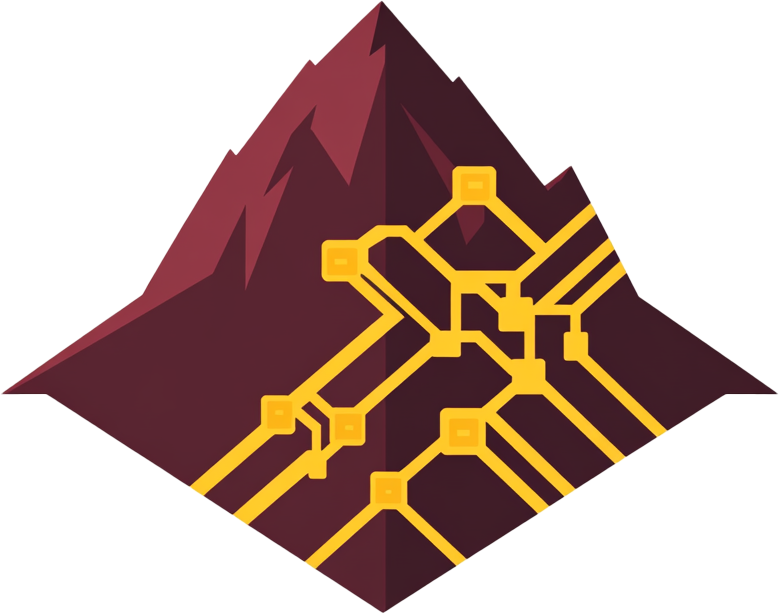Why KCS is more relevant than ever in the GenAI era
In the early days of knowledge management, “KM” often felt like a well-intentioned buzzword—something organizations knew they needed but struggled to implement meaningfully. We built knowledge bases after the fact, treated articles like documentation, and celebrated volume over value. Fast forward 25 years, and KCS (Knowledge-Centered Service) has flipped that script.
KCS doesn’t just help us manage knowledge. It turns knowledge into a high-performance asset that grows stronger with every interaction. By embedding knowledge capture and reuse into the daily flow of support, success, and engineering work, KCS transforms the knowledge base from a library to a living system. In a world of scaling complexity and rising customer expectations, that shift isn’t just helpful. It’s essential.
Why KCS is “KM That Scales”
What makes KCS different is its ability to scale knowledge in step with the business. Traditional KM models tend to break down as organizations grow. They require separate authors, manual reviews, and dedicated maintenance cycles. KCS works because it’s embedded in the workflow. The same people who solve problems are also improving the knowledge. The more interactions you have—cases, chats, emails, team messages—the more chances there are to learn and share in real time.
The Power of the Double Loop
KCS is structured around two reinforcing loops: Solve and Evolve. Together, they form a dynamic system that enables continuous learning and improvement.
| Loop | Focus | Your Take-away |
|---|---|---|
| Solve Loop (A) | Capture → Structure → Reuse → Improve while you solve | Treat search and linking as part of the fix, not “extra clicks.” |
| Evolve Loop (B) | Process Integration → Content Health → Performance Assessment → Leadership & Comms | Mine reuse patterns to tune workflows, close content gaps and drive root-cause change. |
The Solve Loop captures knowledge during the problem-solving process. The Evolve Loop ensures that captured insights are reviewed, measured, and acted on at scale. When both loops work in sync, knowledge becomes more accurate, timely, and trusted.
What the Business Gets in Return
Organizations that apply KCS consistently see benefits in three categories:
- Operational Efficiency: Fewer escalations, faster onboarding, and shorter resolution times. Teams get more done with the same headcount.
- Self-Service Success: As known issues shift into public-facing content, customers find answers on their own. Agents focus on new and complex problems that truly require expertise.
- Organizational Learning: Reuse patterns reveal product issues, content gaps, and recurring pain points. These insights drive improvements across engineering, documentation, and process.
The benefits don’t show up in isolation. They build on one another, creating a virtuous cycle of value.
GenAI: A Powerful Amplifier (for Better or Worse)
Now enter generative AI. Retrieval-augmented generation (RAG) tools depend on your internal knowledge to shape responses. When your content is complete, clear, and current, GenAI becomes a trusted extension of your team. But when the content is outdated or incomplete, it pushes incorrect answers to users faster and more confidently than ever.
In other words, GenAI doesn’t improve a poor knowledge base—it just makes the problems more visible.
That’s why KCS matters more now than ever. It’s the difference between AI as a productivity gain or a liability.
Quick Self-Check: Are You Still Bolting KM On at the End?
Ask yourself—and your team—these four questions:
- Do we search before we solve? If Google, Slack, Microsoft Teams, Confluence, or Notion is still the go-to source, your KCS Solve behaviors need refinement.
- Are link rates above 90%? Without consistent linking, trend data is unreliable and AI loses context.
- Is new content ready for self-service right away? Delays in publishing reduce deflection and erode trust.
- Is the “New vs. Known” case ratio improving? A rising percentage of known issues reaching agents means your self-service isn’t working.
If you hesitate to answer “yes” to most of these, knowledge may still be treated as a side project rather than core to the work. That gap will become more obvious as AI continues to scale.
From Slogan to Strength
Moving from buzzword to business muscle means embedding KM into the way every team operates. It means shifting focus from article count to content health and usage. And it means understanding that the best knowledge strategy isn’t a platform or a portal—it’s a shared commitment to learning as we go.
KCS gives us the framework to do that. GenAI brings the urgency. But building knowledge that earns trust is still a human decision, made one habit at a time.
